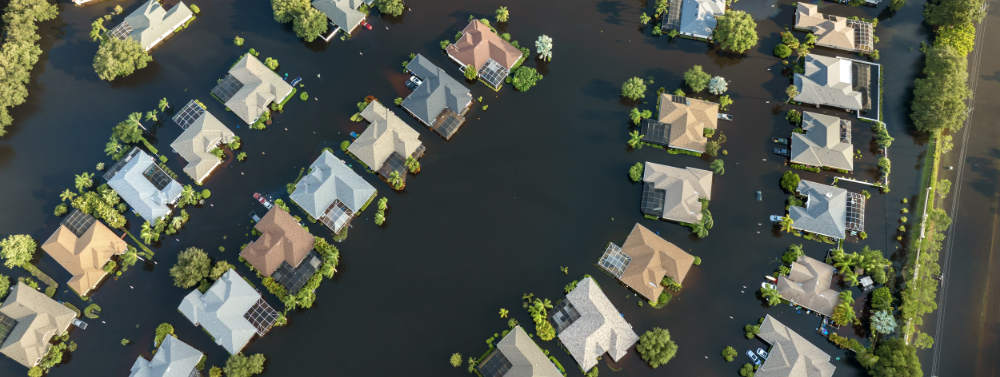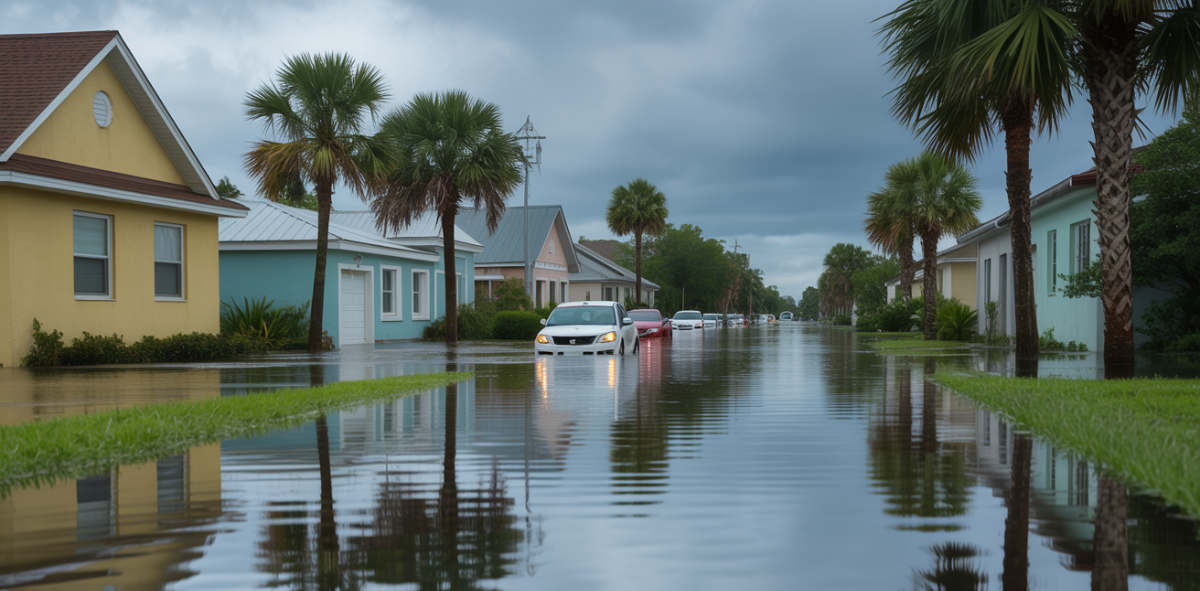Living in Tampa means sunshine, warm weather, and access to some of Florida’s most beautiful coastlines. But alongside the perks of coastal living comes an uncomfortable reality: flooding is a very real risk in this region. Tampa Bay, with its low-lying terrain and frequent summer storms, is particularly vulnerable to flooding—especially during hurricane season.
If you’re a homeowner in Tampa, you’ve probably heard about flood insurance before. Maybe your mortgage lender requires it, or maybe your neighbors have mentioned rising premiums. But even if you’re not in a designated high-risk zone, you might be wondering: Is flood insurance really necessary? Or is it just another expense I can skip?
This article breaks down the facts about flood insurance in Tampa Bay—why it matters, who needs it, and how to make a smart decision for your property and peace of mind.
What Makes Tampa So Prone to Flooding?
Tampa’s flood risk isn’t just about the occasional storm—it’s a combination of geography, climate, and infrastructure.
Much of Tampa sits at or just a few feet above sea level, especially neighborhoods near the bay or along the Hillsborough River. During heavy rains or storm surges, water has nowhere to go. And when it piles up, it floods streets, homes, and businesses.
We also can’t ignore climate change. Rising sea levels and stronger storms are making flooding more frequent and intense. And with more pavement and development, natural drainage is reduced—so even short rainstorms can create big problems.
Understanding Flood Zones in Tampa
Not all parts of Tampa carry the same flood risk. That’s where FEMA flood maps come into play.
FEMA divides areas into zones based on flood risk. High-risk areas (AE, VE) are called Special Flood Hazard Areas (SFHAs), where flood insurance is often required by lenders. Lower-risk zones (B, C, X) are optional—but still at risk.
Check your flood zone using FEMA’s Flood Map Service Center or Tampa’s local flood zone tools. Maps are updated regularly, so your risk level can change over time.

Is Flood Damage Covered by Homeowners Insurance?
One of the most common (and costly) misconceptions is that standard homeowners insurance covers flood damage. It doesn’t.
Homeowners policies may cover plumbing issues or roof leaks, but flooding caused by storm surges or rising water from outside the home is not included. That’s why flood insurance exists as a separate policy.
What Flood Insurance Actually Covers
Flood insurance comes in two parts: one for your home’s structure, and one for your personal belongings.
- Structure coverage: Repairs or rebuilds for walls, floors, systems, and foundation.
- Contents coverage: Covers furniture, electronics, appliances, and clothing.
The National Flood Insurance Program (NFIP) is the main provider, but private insurers are available and may offer more flexible options. Premiums in Tampa range from under $500 in low-risk areas to several thousand in high-risk zones.
Who Really Needs Flood Insurance?
If you’re in a high-risk zone and have a mortgage, you’re required to carry flood insurance. But even those outside SFHAs should consider it.
Flooding doesn’t follow maps exactly. Many homeowners in “low-risk” areas have experienced costly damage from localized storms. If a flood would financially devastate you, insurance is worth serious consideration.
How to Evaluate Your Flood Risk
Beyond FEMA maps, here’s how to assess your flood risk:
- Use FEMA’s Flood Map and local tools.
- Consider your home’s elevation and foundation type.
- Check for poor drainage or past neighborhood flooding.
- Consult with insurance professionals who know the Tampa market.
Tips for Lowering Your Flood Insurance Costs
Want to save on your premium? Try these strategies:
- Get an elevation certificate to prove your home is above base flood level.
- Add mitigation features like flood vents or raised utilities.
- Compare NFIP and private options—you might get a better deal.
- Bundle policies where possible for potential discounts.
Conclusion: Is It Worth It?
Flood insurance may not be legally required for everyone in Tampa—but given the city’s location, weather patterns, and development, it’s becoming a wise investment for many.
Think of it as more than just insurance. It’s a safety net for your home, your savings, and your peace of mind.

